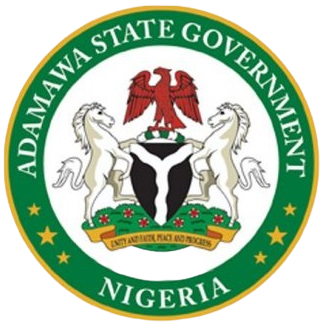Remote Sensing services offered by Adamawa State Geographic Information System (ADGIS) involve the utilization of advanced technologies to collect and analyze information about the Earth’s surface from a distance. Here are more details on the components of Remote Sensing services:
- Satellite Imagery Analysis:
- Utilizing satellite imagery to monitor and analyze changes in land cover, vegetation, and other environmental features.
- Conducting detailed spatial assessments using high-resolution satellite data.
- Aerial Surveys and Photography:
- Conducting aerial surveys using aircraft or drones to capture detailed imagery of specific areas.
- Employing aerial photography for mapping, environmental monitoring, and infrastructure planning.
- Land Cover Classification:
- Applying image classification techniques to categorize and map different types of land cover, such as forests, agricultural land, and urban areas.
- Generating accurate land cover maps for various applications.
- Change Detection:
- Monitoring changes in the landscape over time through the comparison of multiple satellite or aerial images.
- Identifying and analyzing significant changes, such as deforestation, urban expansion, or natural disasters.
- Vegetation Health Assessment:
- Assessing the health and condition of vegetation using remote sensing indices, such as NDVI (Normalized Difference Vegetation Index).
- Supporting environmental conservation and agricultural management practices.
- Environmental Monitoring:
- Monitoring environmental parameters, including water quality, temperature, and pollution levels, through remote sensing techniques.
- Contributing to the assessment of environmental health and facilitating informed decision-making.
- Natural Resource Management:
- Supporting the management and conservation of natural resources, including forests, water bodies, and biodiversity.
- Providing valuable information for sustainable resource planning.
- Disaster Response and Recovery:
- Utilizing remote sensing for rapid assessment of disaster-affected areas.
- Supporting emergency response efforts and aiding in post-disaster recovery planning.
- Urban Planning and Development:
- Using remote sensing data to analyze urban growth patterns, land use changes, and infrastructure development.
- Informing urban planning decisions and promoting sustainable development.
- Topographic Mapping:
- Creating detailed topographic maps through the extraction of elevation data from satellite or aerial imagery.
- Supporting cartographic applications and terrain analysis.
- Precision Agriculture:
- Implementing remote sensing technologies in precision agriculture for crop monitoring and management.
- Optimizing agricultural practices through the analysis of crop health and growth.
Remote Sensing services play a crucial role in providing accurate, timely, and comprehensive spatial information for various applications, contributing to sustainable development and effective resource management within Adamawa State.
